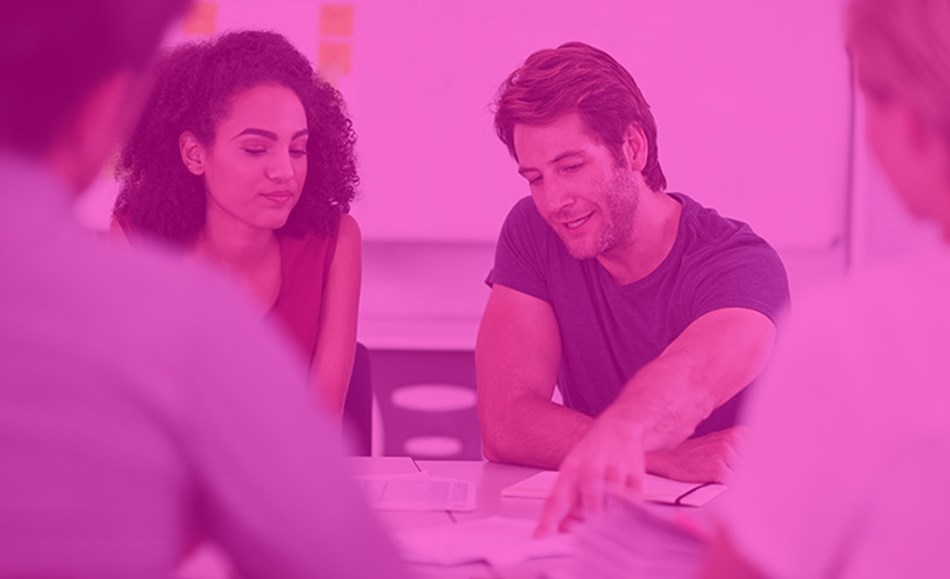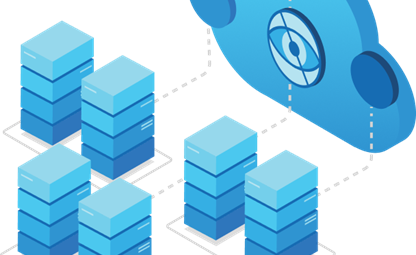11 Jul 2018
Machine Learning 101: What Kind of Task Do You Want Your Machine to Learn?

People have been taught that people learn in three basic different ways. There are visual learners, or those who learn by seeing; auditory learners, or those who learn by hearing; and kinesthetic learners, those who learn by touching or doing. But once you get past the basics, those categories are either not quite complete or soon become a bit too flawed to be useful.
Machines are the same way. As machine learning evolves and artificial intelligences become more complex, it's less and less true to say that they can only learn one specific way or handle only one narrow category of task. However, while machine learning is still relatively new and the tasks they handle are relatively simple, it's true enough for the basics.
So, before you decide what algorithm will be the basis for your bot, you need to decide what type of task it will be handling. If your focus is data classification, there are three types.
Do you want your machine to start sorting data into pre-defined buckets?
The go-to example of any machine learning is image classification. You give a bot a picture and tell it to decide if it's a picture of an apple or a banana. Under the terms of supervised learning, your machine has a study guide to help them make the decision. They can comb through thousands of pre-labeled apples, thousands of pre-labeled bananas, and see where the new picture belongs.
But will there be new categories?
If you want your bot to create piles of data based on differences, then the task should be based on unsupervised learning. Rather than having to stick the picture in one category or the other, your bot will start stacking all of the images into different piles based on the differences that make sense to it. It's less precise than supervised learning, but it leaves room for new categories.
Semi-supervised learning is a mix of both types. A lot of the data will be unsorted, but there are labeled data sets to get the ball rolling in a predictable direction.
If you want to make sure you select the optimal algorithm based on the task type, give our team a call for more information on 1800 folio1.


